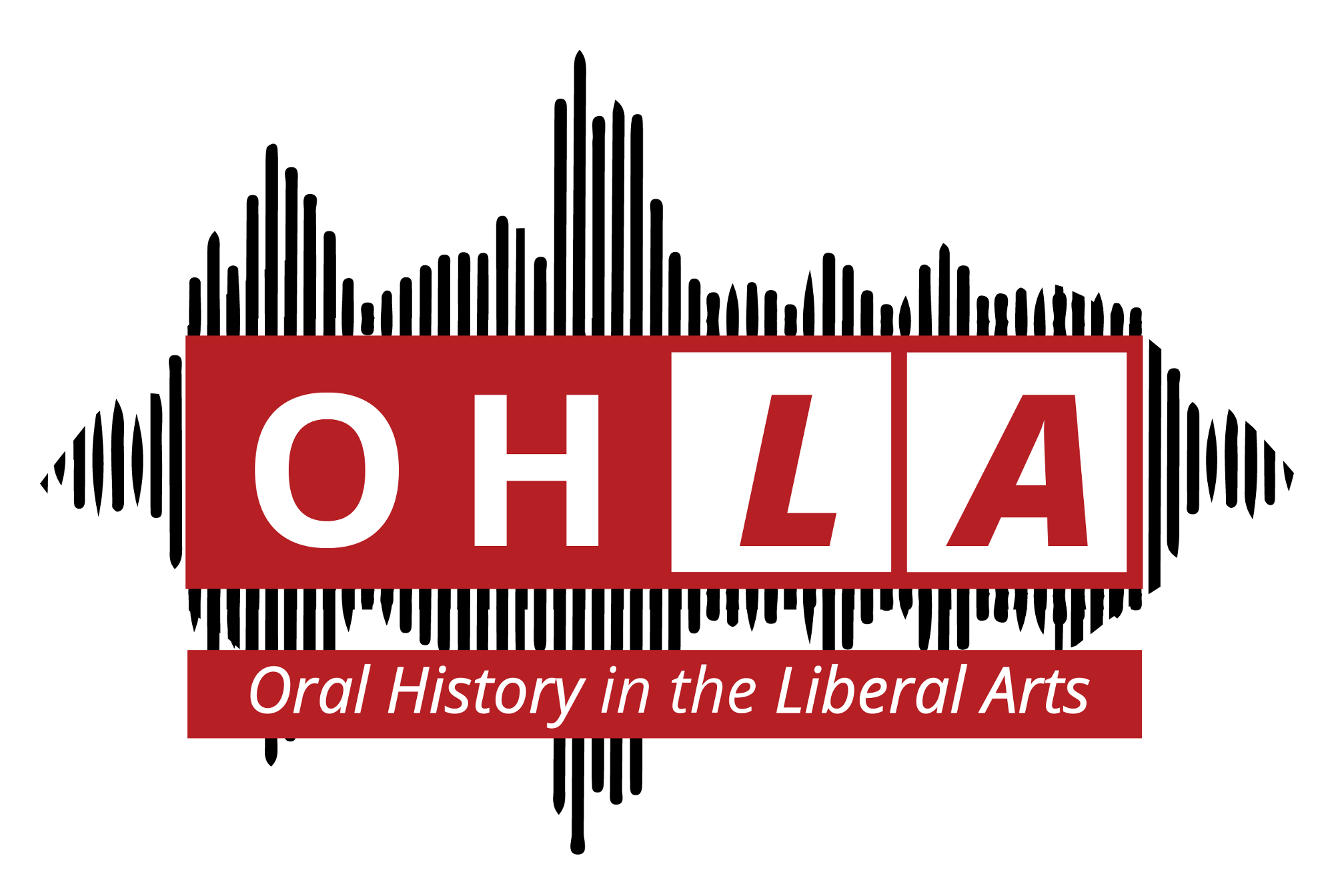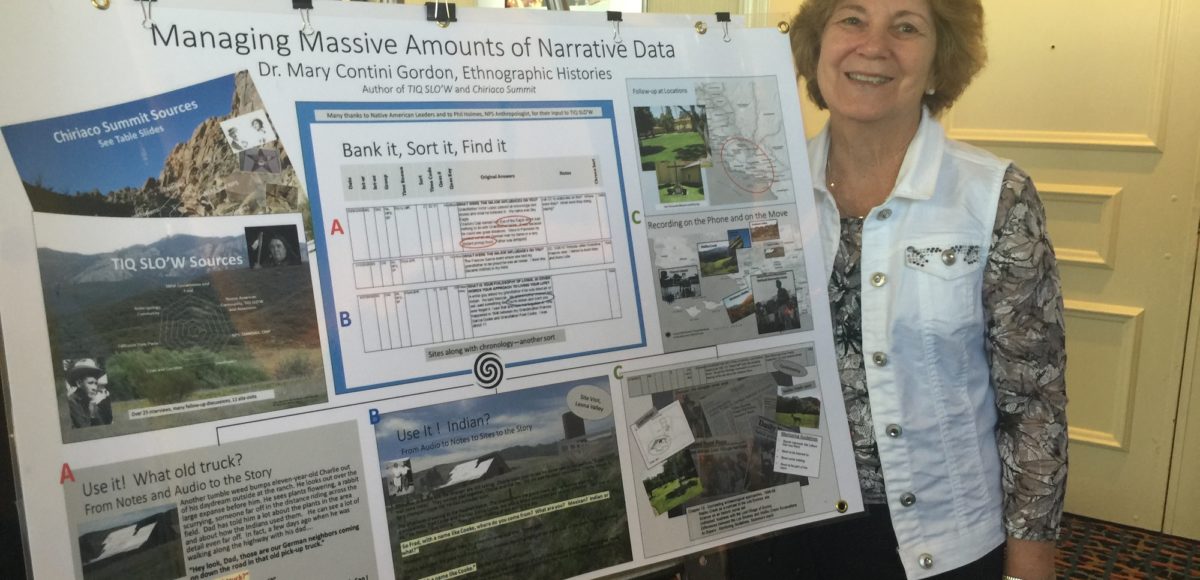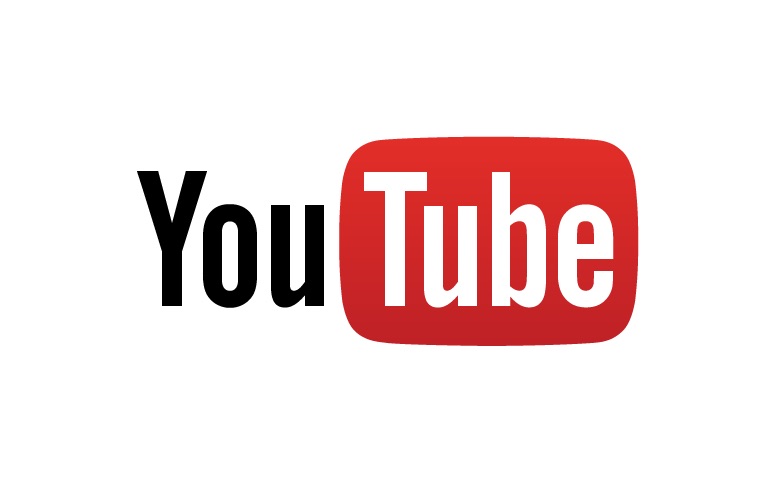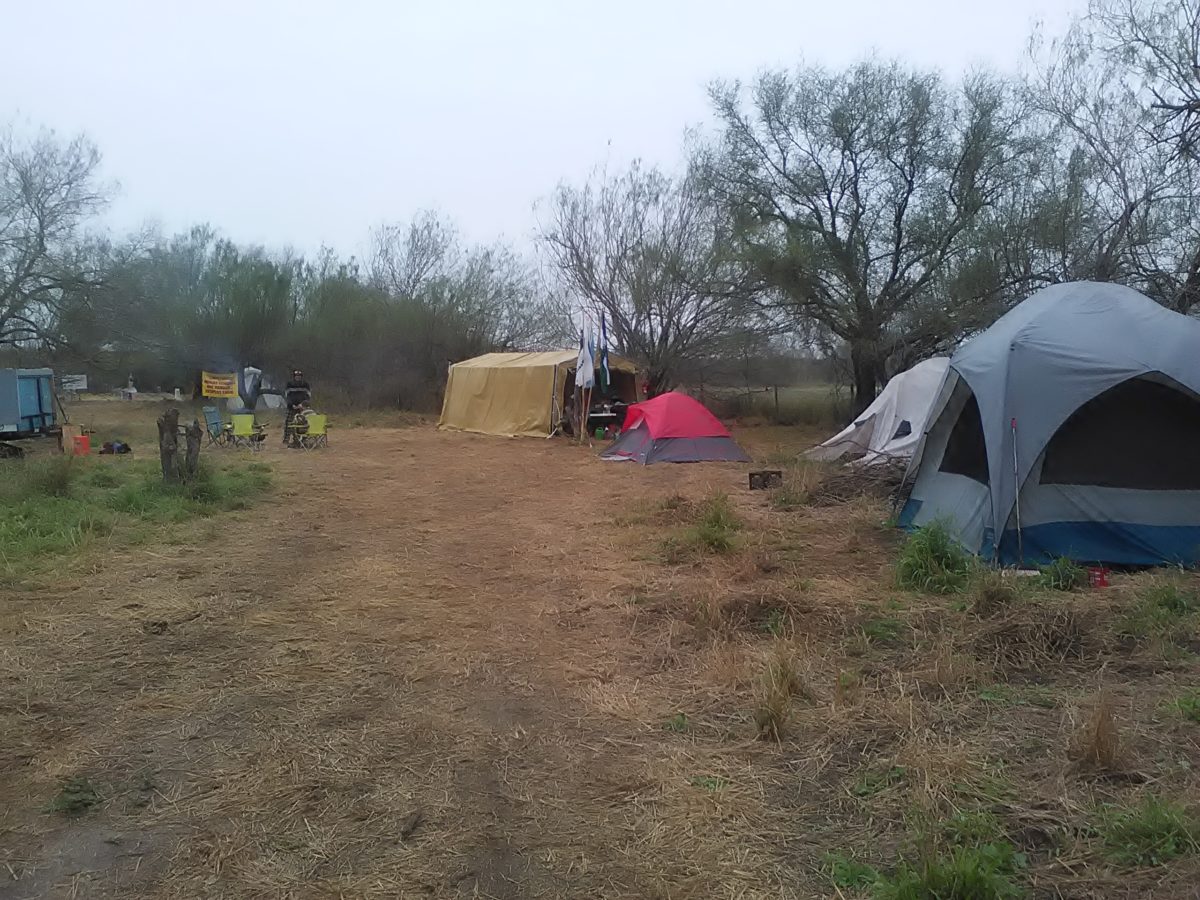About the Method: The Her–History Method ™ was developed for use in Microsoft Excel®, but could also function well within any virtual spreadsheet system. The method aims to sort, organize, and track qualitative data, particularly data collected on a massive scale intended for use in a culminating research project. Dr. Gordon suggests that this method is best employed in endeavors that include large quantities of audio, such as multiple interviews, and other projects where synthesis of collected data is imperative to managing content.
Best Practices: If your project satisfies the above description, the Her–History Method™ may be a phenomenal resource! Dr. Mary Gordon suggests the following process and practice in order to take full advantage of the method:
- Decide what the objectives of your project will be: Clear motives and goals are critical to the success of any research project. Having an idea of what the finished product of your research will look like will help guide your process throughout.
- Start with a plan: This method should be integrated into the earliest stages of your project. Begin to think about how you will go about sorting data, and acquire some idea of what that data will look like.
- Attain an “anchor” contact: Dr. Gordon says that her projects usually stem from a single individual, from whom the rest of the project branches out. Maintain a strong connection with a person at the focal point of your project, it is likely that they will be able to point you in the direction of others who can assist you.
- Conceptualize topics and questions that will be pertinent to your project: Much of the Excel method is based in columns that point to specific questions or topics of your research. Develop a strong list of broad topics and questions prior to your interviews, and revisit said topics and questions following the interviews.
- Flesh out your Excel® Spreadsheet: Having an organized, efficient, and relevant spreadsheet is crucial to the success of this method. Dr. Gordon provides the following suggestions for columns in your spreadsheet, but does not limit these possibilities:
- Date (of interview/of event interviewed about)
- Topics/Subtopics
- Timecode (of recorded interviews)
- Notes
- Follow-up: What you want to remember to check on, revisit, look up, and leads for new interviews.
- Additional Tabs: These may include people, chronology, sites that are relevant to your project. Here is an example.
- Search and sort: With this method you can search on names, places, topics, to whatever you need to find. You can also sort across interviews which are all banked on the same excel for topics you have predetermined or added as you went along. Using the time code, if need be you can find the exact wording on the audio.
- Use the information: Once sorted on a topic, you are able to more easily write its related sections.
Create a detailed timecode for each interview and connect it to notes taken during the interview, as well as comments made following the interview: The Her–History Method™ does not require the use of transcripts, as an indexing method for working deeply in the material. It is important to connect transcribed quotes and summary language with time stamps, linking your work back to the exact spot in the audio or video file.
Here you can download the blank Excel template Mary made to help you get started, you can delete columns that are unneeded: MGordon–Excel Template
This is a short example of how Mary’s Excel sheet looked for her project for reference: MGordon– Excel Sample
Mary’s books are available for purchase on Amazon at the following links: Chiriaco Summit & Tiq Slo’w








